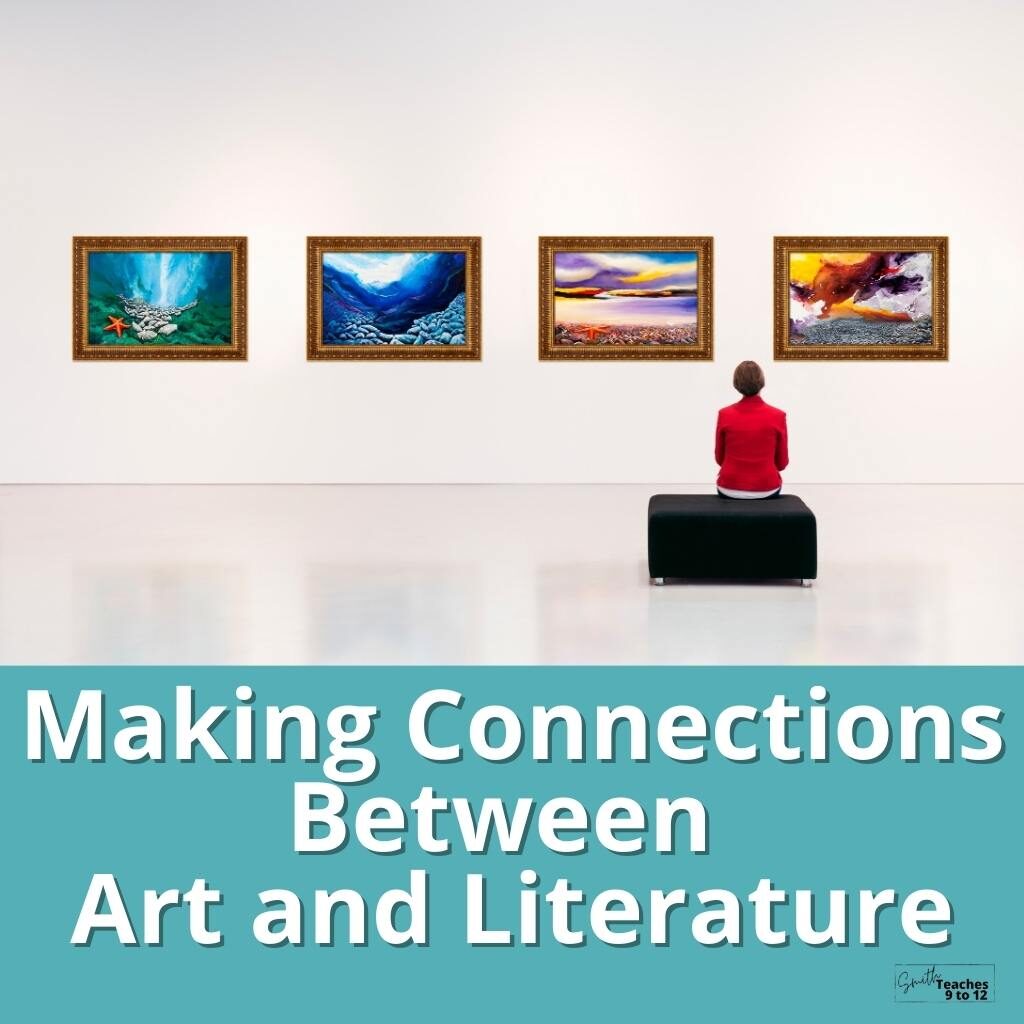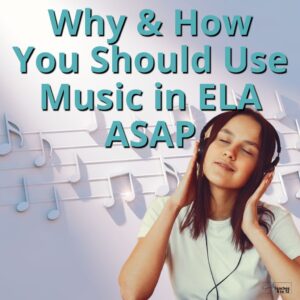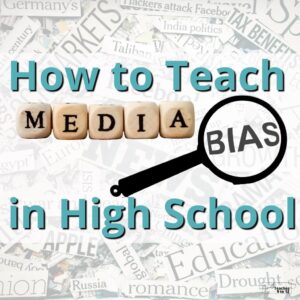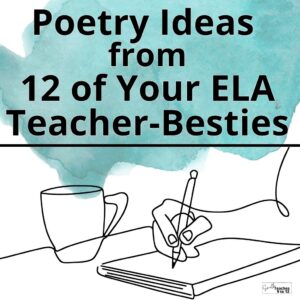Sharing is caring!
Making connections in English class is one of those skills that students work on at every grade level, whether in elementary, middle, or high school. As teachers, we always look for ways to include this in our lesson planning. Making connections between art and literature is one way to do this that is simple, impactful, and provides a great deal of variety!
Types of Connections
The three main types of connections are text-to-self, text-to-text, and text-to-world.
Making text-to-self connections is usually a reasonably easy option since these are based on personal experiences. Students might see themselves in the main character or a particular event is close to something they’ve experienced too. However, once students arrive in high school the goal is usually to concentrate on the other two types of connections.
To make text-to-text connections you might rely on what texts students have explored previously but this can vary greatly between students. Here is where there’s an opportunity to introduce specific texts to help students make those text-to-text connections.
Making text-to-world connections relies on similar aspects: students’ previous knowledge or the ways in which you can incorporate specifics into your lessons to bridge this potential gap for students.
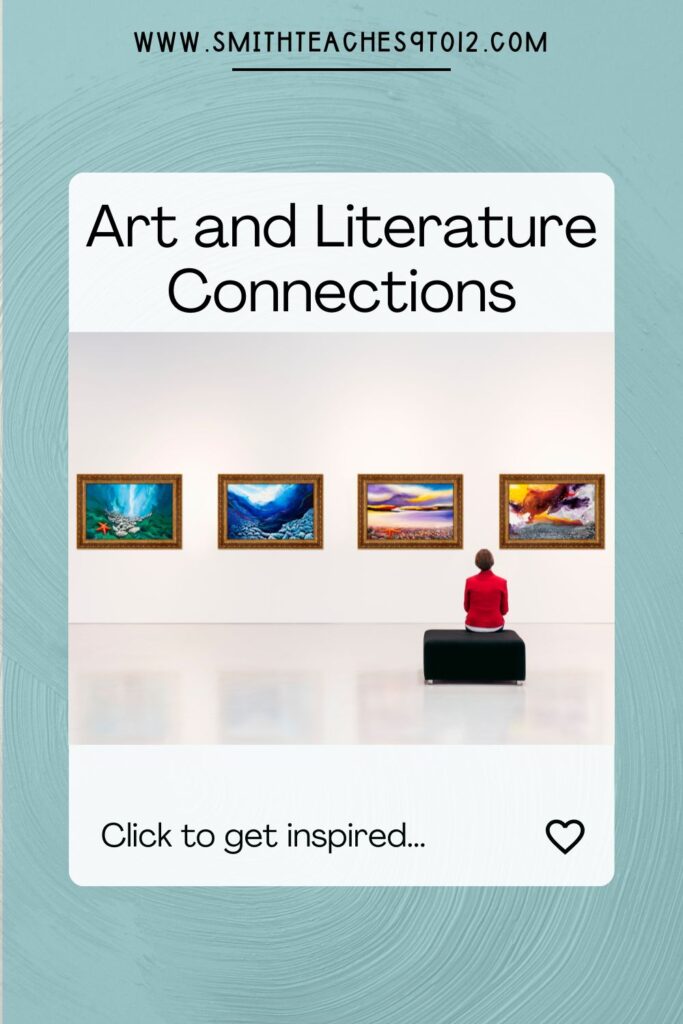
Making Text-to-Text Connections
There are a ton of choices when making text-to-text connections because a text can be any number of options: songs, novels, short stories, movies, tv shows, poems, YouTube videos, and more!
Check out this post about making connections between poems and any novel study unit.
Teaching Shakespeare? Check out these posts about poetry connections:
- Introducing Shakespeare with Poetry Pairings
- Introducing Shakespeare Plays with Thematic Poems
- Poetry Pairings for Shakespeare’s Romeo & Juliet
Making these sorts of connections will develop students’ understanding of the initial text because it requires them to transfer knowledge, ask good questions, complete a close reading, and locate central or big ideas!
Transfer Knowledge – When students study two texts, let’s call them X and Y, there is a need to understand text X in order to transfer their knowledge and make connections to text Y.
Ask Good Questions – Modeling this for students initially is a good idea. Sharing higher-order thinking questions such as those that start “how might…” gives students guidance for making the connections between two (or more texts).
Complete a Close Reading – Making connections between texts requires students to understand the individual texts and to find evidence of how to connect the two together.
Locate the Central or Big Idea – Having an essential question to guide the unit can make this easier for students. It provides them with direction. But if you’re looking to increase the challenge for students then get students to find the common ground of central or big idea between art and literature.
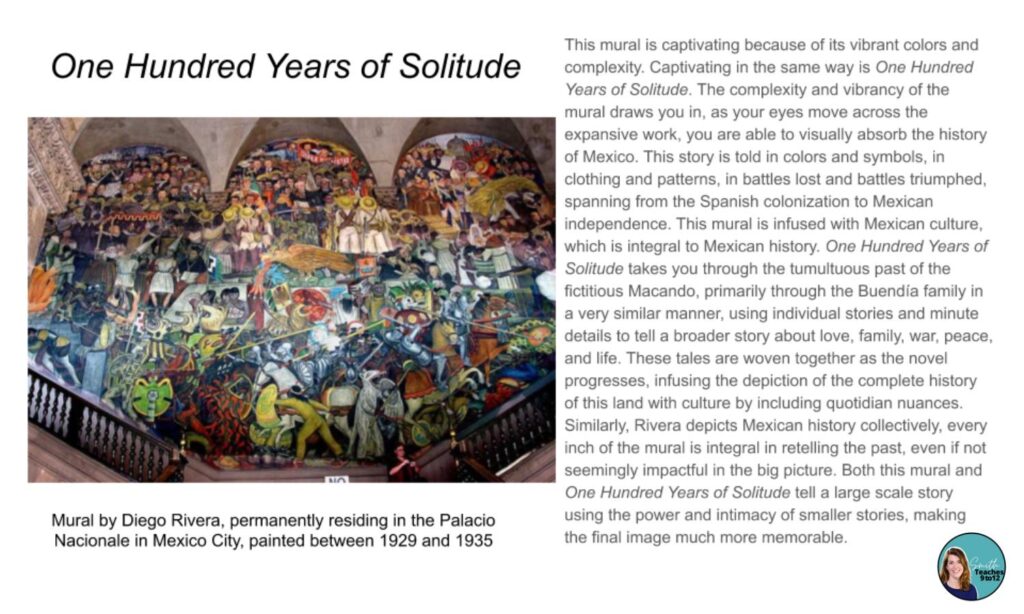
Lesson Focus: Art and Literature
One of the ways that I incorporate text-to-text connections is with a focus on visual arts. This is an ongoing activity throughout several units of study.
We start with a whole class text–usually a short story–and a provided work of art. Students view the work of art and record their observations using some guiding questions:
- What do they notice about the image? (They usually complete this as a free write to start class. They write whatever they notice about a particular image that’s being projected in class.)
- What colors do they notice? How might these colors establish tone or mood?
- Who or what is the focus of the image? What do you notice about them/it?
- Who or what else is in the image? Make a list and offer a few words of description about the person or item.
As a final step in this initial observation share the title of the work, the artist, and the year of the work. Sometimes students are already familiar with the work and if that’s the case I ask students not to share with others what they already know.
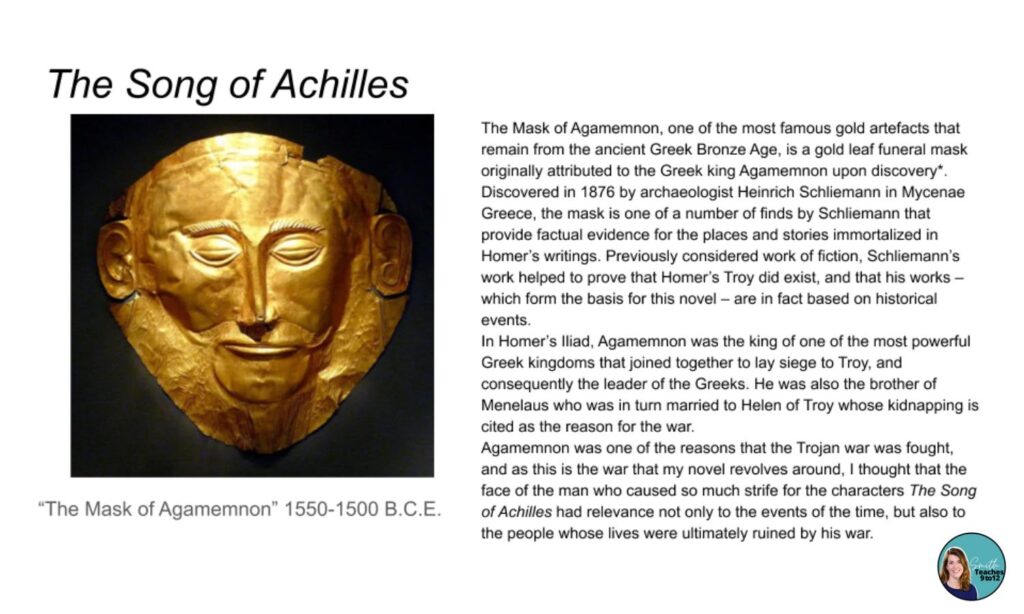
After viewing the work of art, set aside those notes for the time being. These will be revisited after studying the short story but the focus should move to the short story. Complete whatever activities you might normally do with a short story such as outlining the plot, examining characters, focusing on tone and mood, figuring out the theme, and more!
Once the initial study of the short story is complete, then return to those initial notes about the work of art. Ask students to begin to make connections. Complete this as a think-pair-share so students have a chance to process their own thinking before jumping into paired or shared work.
This activity can be repeated with different short stories or poems or songs and works of art. The works of art can be paintings, photographs, film still, music videos, or movie clips. One option that my students excel with is in making connections to short films. Check out this post with a list of 12 short short films that are perfect for ELA.
When students are comfortable with this way of connecting text to visual art encourage them to find their own visual art piece to connect to something they’re reading, whether that’s in their choice reading, literature circle, or a choice novel unit.
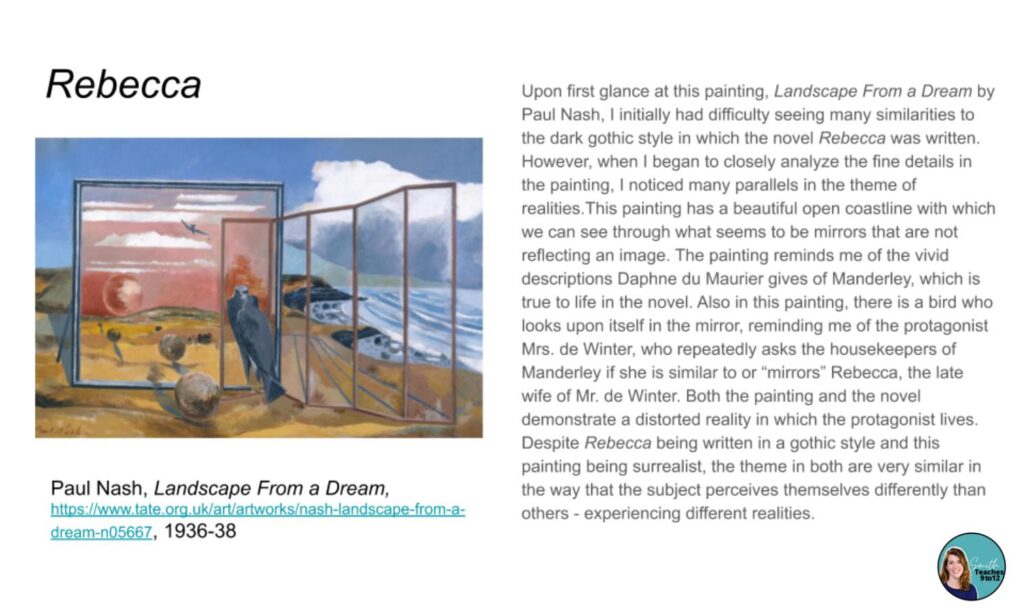
Where to find art to make connections
One of the best options is to take a field trip to a local gallery. But since this isn’t always possible for so many different reasons there are lots of online options that can work too!
- Online gallery. Many art galleries around the world include parts of their collections online. You can check out collections from the Louvre, Tate, AGO, Prado, MoMA, and so on.
- Artist sites. Not only are there galleries and museums devoted to specific artists like the Picasso Museum in Paris or the Van Gogh Museum in Amsterdam but there are lots of contemporary artists who showcase their work online, particularly on social media. An online search of “local artist + city you’re in” can yield plenty of results.
- Google Arts and Culture. With Google Arts and Culture you can access more than 3000 art collections from around the world. There are changing features based on color, theme, and geography that can be interesting to explore.
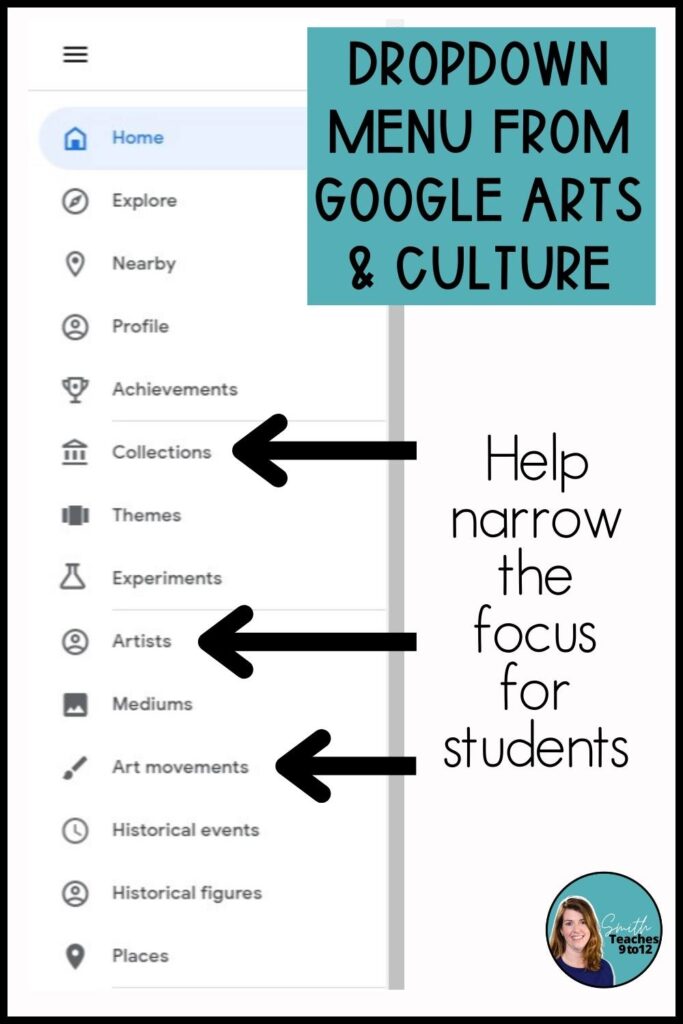
The site can be overwhelming for students so you can narrow their options with collections, artists, or art movements, which are all choices in the dropdown menu.
Final Thoughts
Being able to make cross-curricular connections whether that’s between art and literature or another between literature and any other subjects such as history, science, or even math can be powerful for students.
Starting with the visual arts is a simple first step in this direction. As you move through different texts in class ask your students to look for connections in their other classes that they can bring back to English. These student choices are often so interesting and can reveal a lot about students’ understanding.


